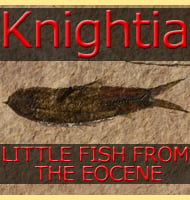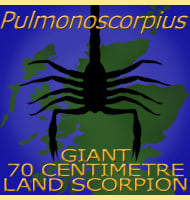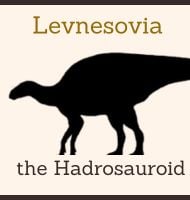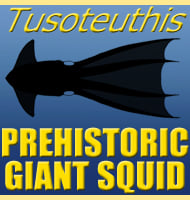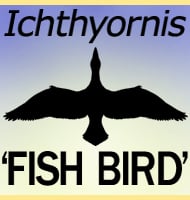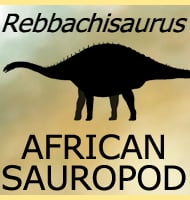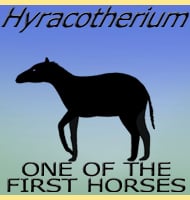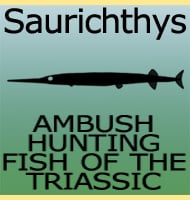In Depth
Arthrolycosa is an example of one of the earliest spiders, and like its name sake the Lycosa genus, Arthrolycosa would have hunted on the ground. Web spinning would not be a development until much later which means that Arthrolycosa would have probably lurked near cover while waiting for prey to pass by. When close enough it would have been able to run after its prey before pinning it down with its fangs and injecting venom into its victim.
Further Reading
– Notice of a new fossil spider from the Coal Measures of Illinois. – American Journal of Science and Arts, Third Series 7:219-223. – O. Harger – 1874. – A monograph of the terrestrial Palaeozoic Arachnida of North America. Transactions of the Connecticut Acadamy of Arts and Sciences 18:1-137. – A. I. Petrunkevitch – 1913.

